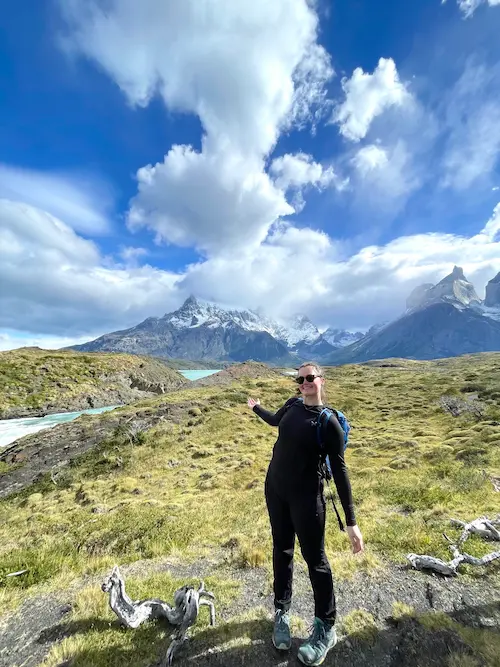Community Action in Cambodia
Our recent Southeast field trip saw students visiting the Mekong Delta region in several locations throughout both Cambodia and Vietnam. The trip began with an overnight stay in a mangrove forest and a presentation from Mr. Sim Him, community chief of the Trapeang Sangke Ecotourism & Fishing Community (TSETFC), who discussed the benefits mangrove forests bring to his community.
The Ecotourism & Fishing Community is a great example of Community-Based Natural Resources Management (CBNRM), an innovative approach to tackling the challenge of preventing environmental degradation without the subsequent loss of livelihoods faced by many villages across Cambodia. Recent praise of TSETFC by officials from the Ministry of Agriculture Forestry and Fisheries, the Ministry of Tourism, and the Ministry of Environment has resulted in a marked increase in the number of national and international tourists visiting the community since 2014. This surge in popularity has also drawn the attention of local media and several stories have been published on the community’s success in transforming their livelihoods through ecotourism.
The opportunity to bring the students to this site is especially important to me, as before I joined SFS I played an instrumental part in the establishment of the project whilst working for Fisheries Action Coalition Team (FACT). This community was selected as the location for the ecotourism site as it was a notable location of mangrove degradation. This was largely as a result of clearing the mangroves for agricultural purposes but also through incidents of illegal land grabbing and clearance for development, sadly a problem which is prevalent throughout the country.
The loss of the mangrove forest resulted in a decline in fish populations and biodiversity which in turn has directly impacted local livelihoods dependent on catching many species of crabs, fish, mollusks and lobsters that inhabit the mangroves. Beyond the Trapeang Sangke community the loss of mangroves is an issue of global importance; in recent years more and more evidence has emerged as to the ecosystem’s ability to sequester large amounts of carbon dioxide and hence help to mitigate the effects of climate change.
In addition to the ecotourism site itself the community fisheries committee and local authorities are cooperating to protect and conserve a large mangrove reforestation area, in which further planting is ongoing. Part of this involves physical patrolling but also ensuring that these areas remain owned by members of the community, by blocking the attempts of private interests keen to force sales of the land for development.
Our main mission (‘One mangrove tree, one life’) starts after breakfast on our second day at the project. We split up into 3 boats, loading up a total of 70 mangrove saplings and enjoyed a peaceful ride over to the reforestation site. All the students were thrust straight into the planting, some literally as the mud was quite deep! Wading through knee-deep water wasn’t easy work, but everyone finished with a smile on their faces knowing that they had all played a part in regenerating this invaluable ecosystem for generations to come.

Photos courtesy of Angela Hessenius
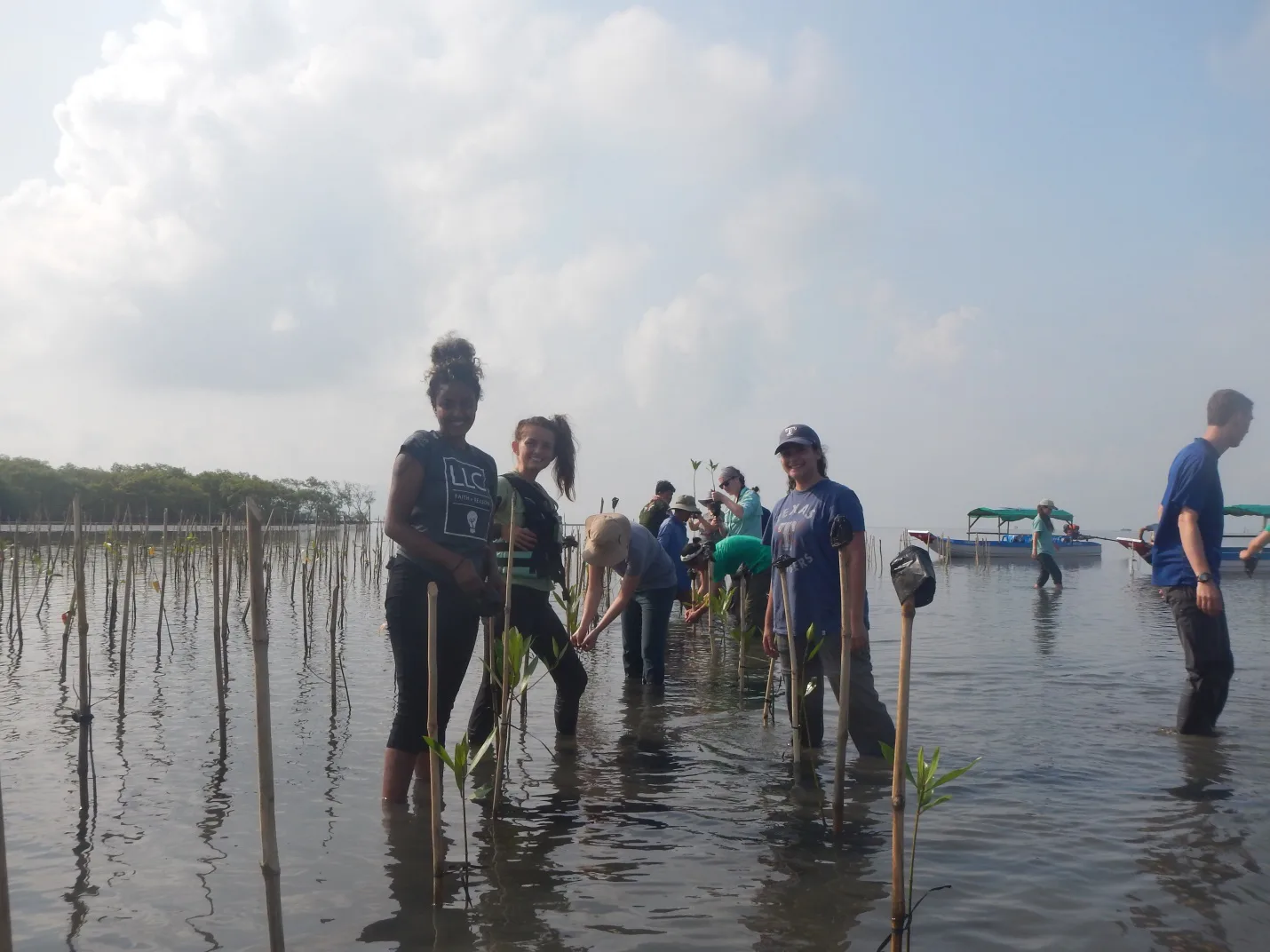
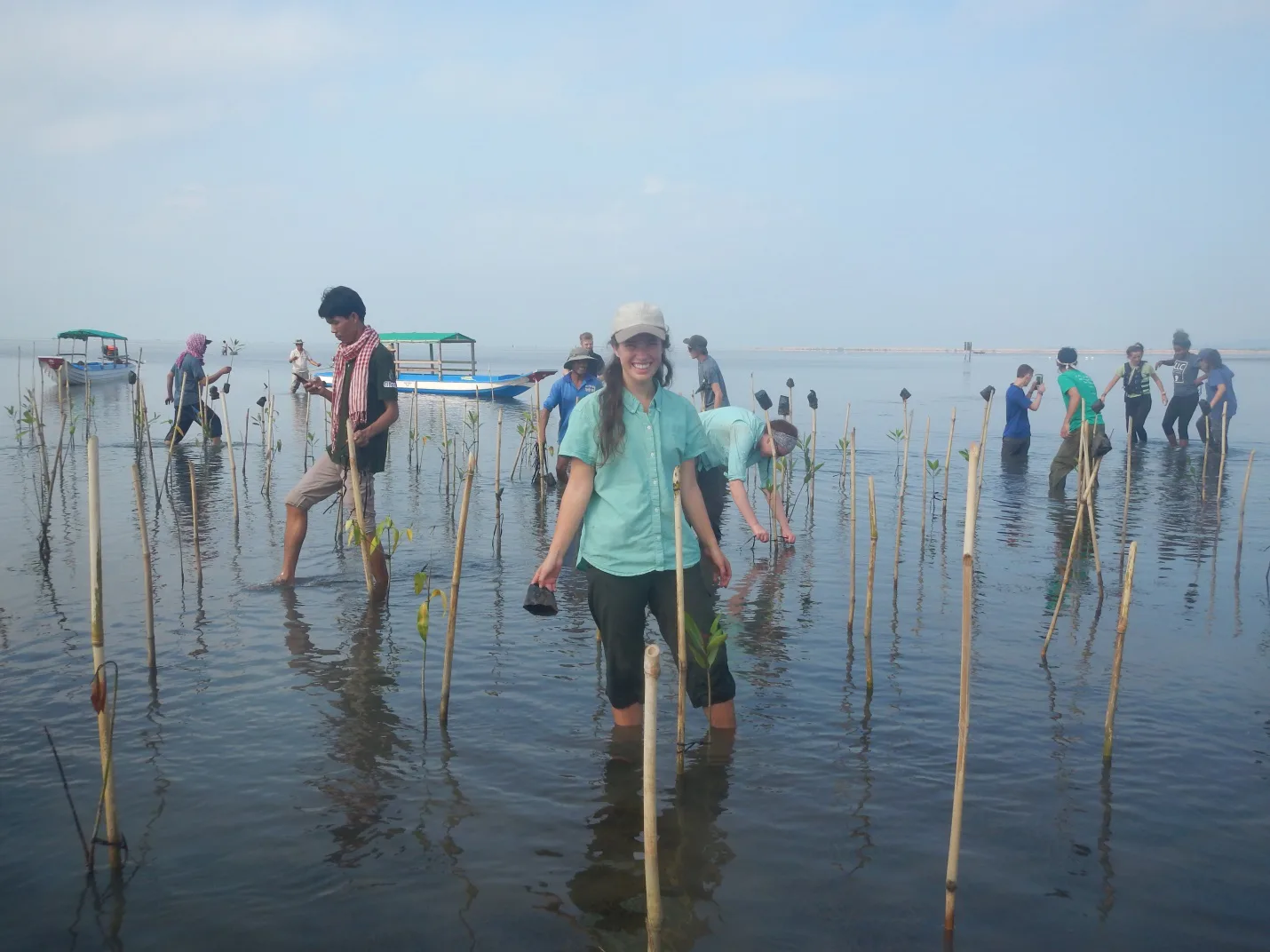
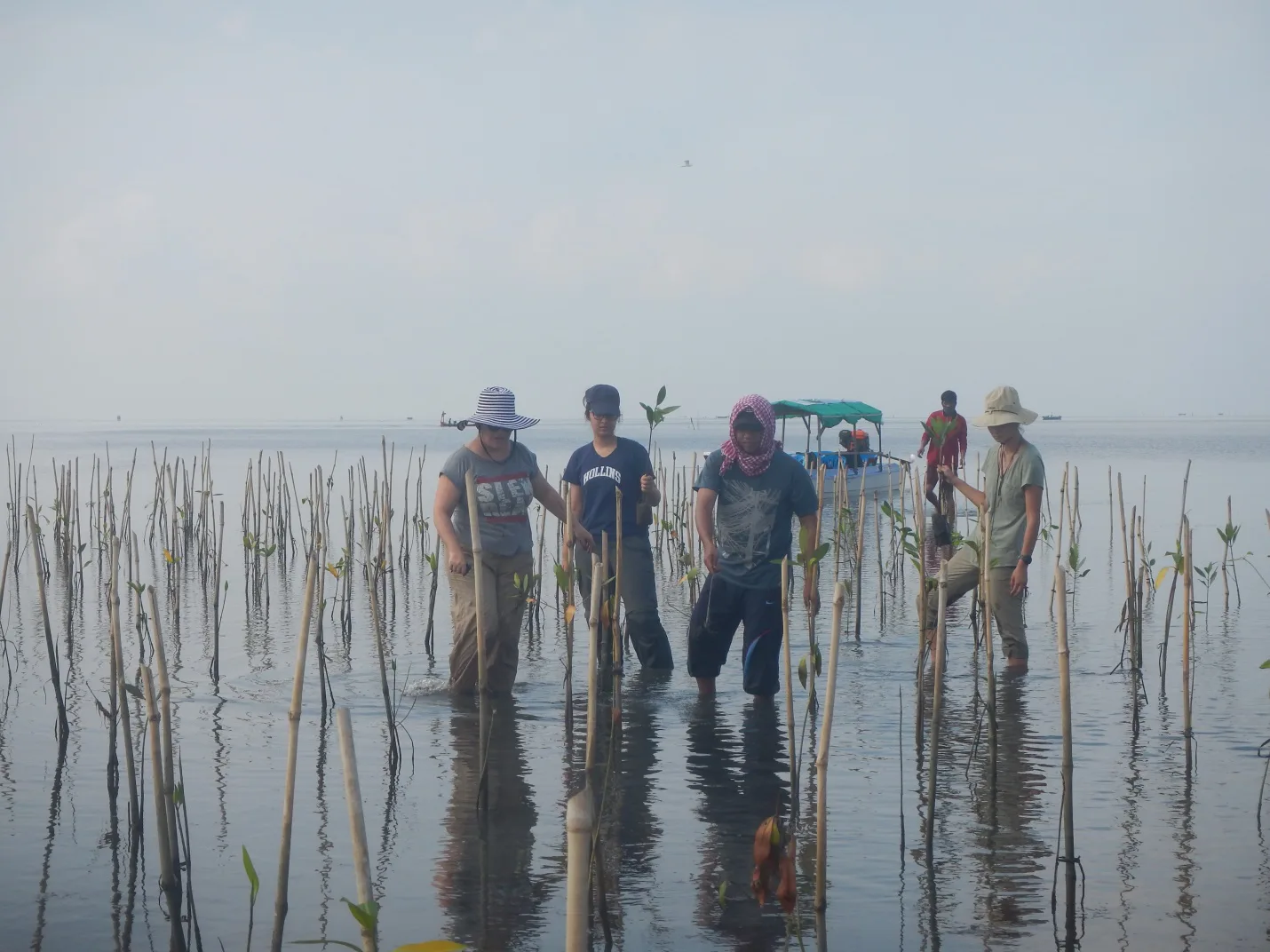
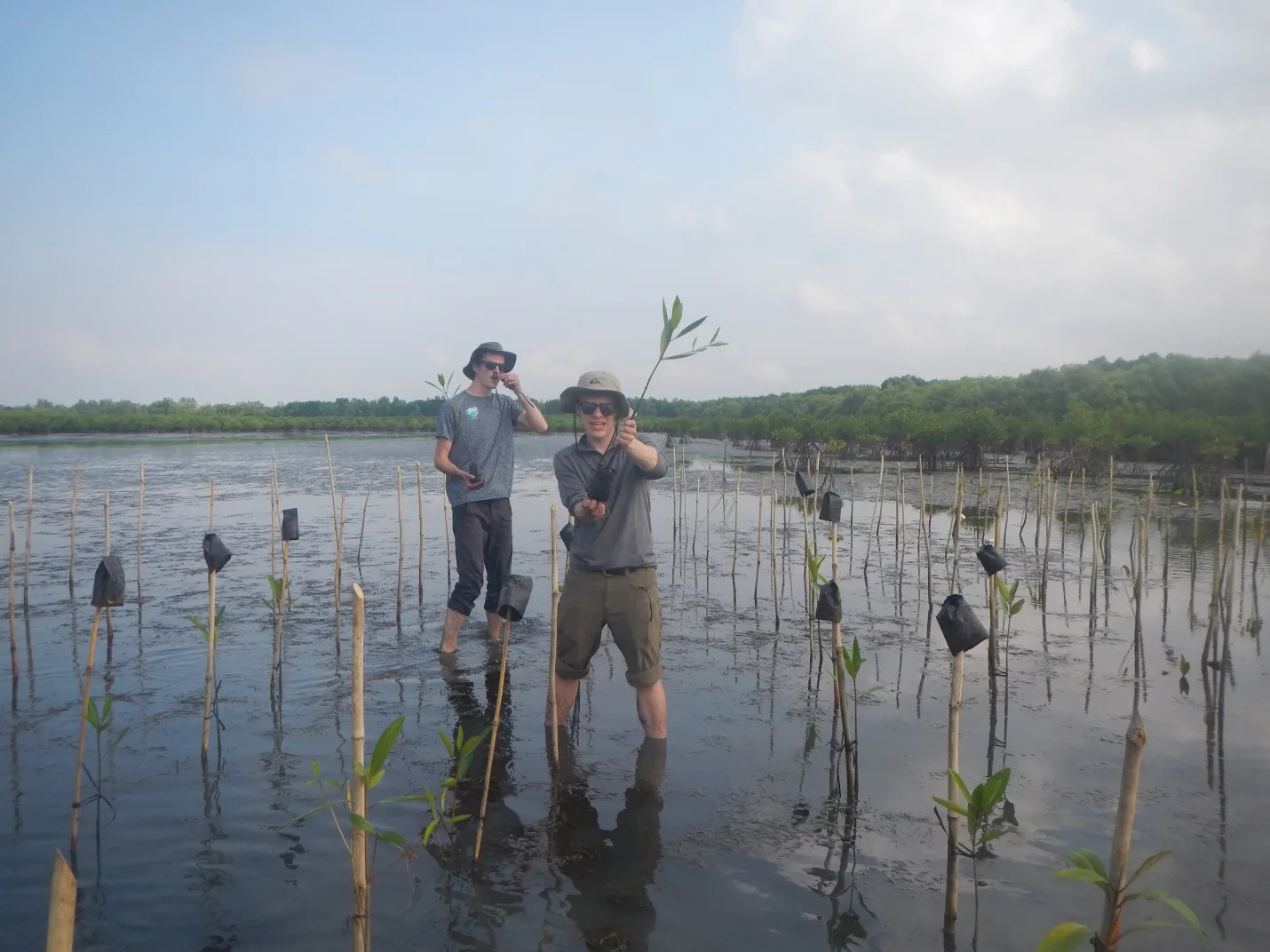
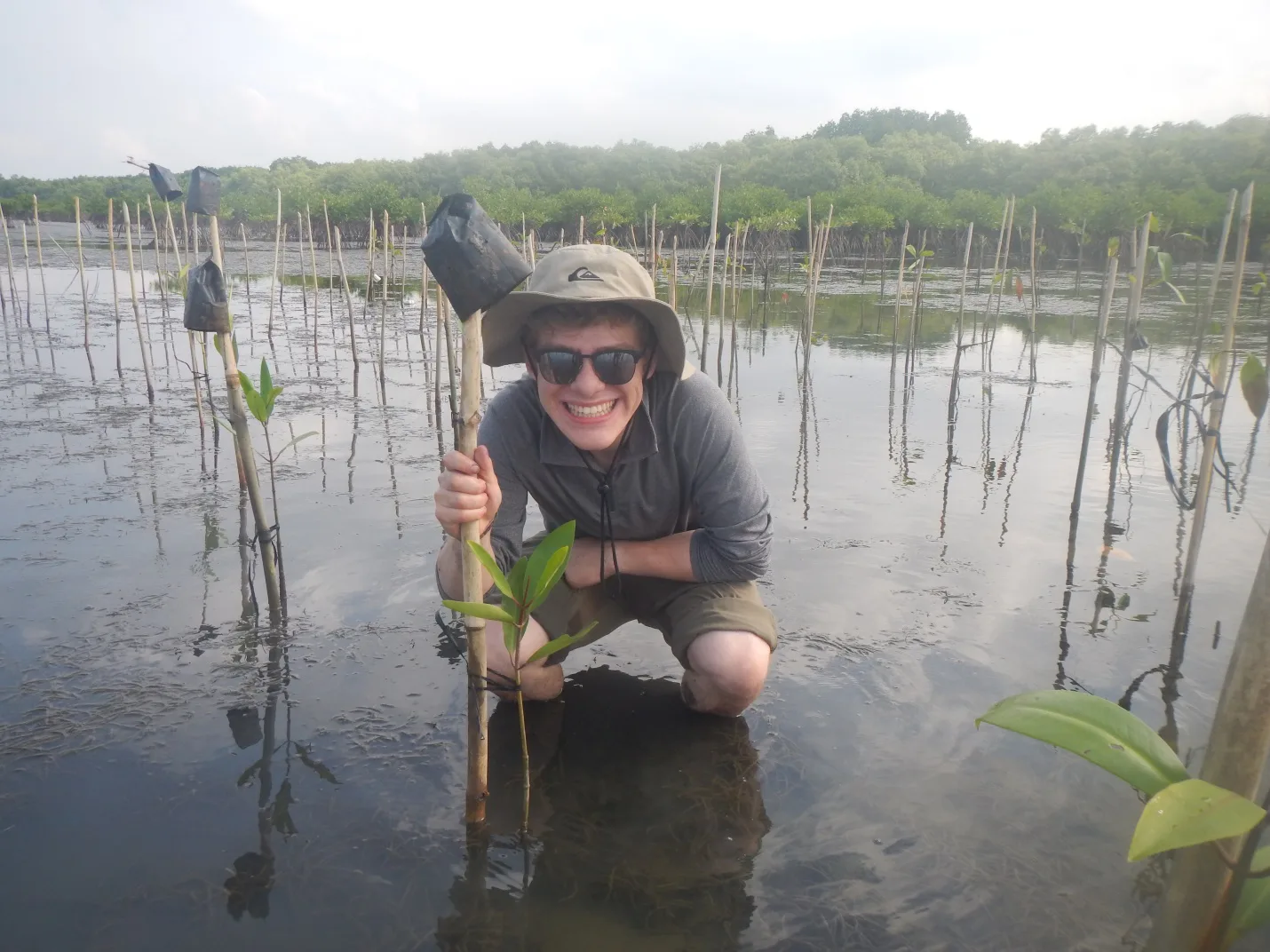

Related Posts


